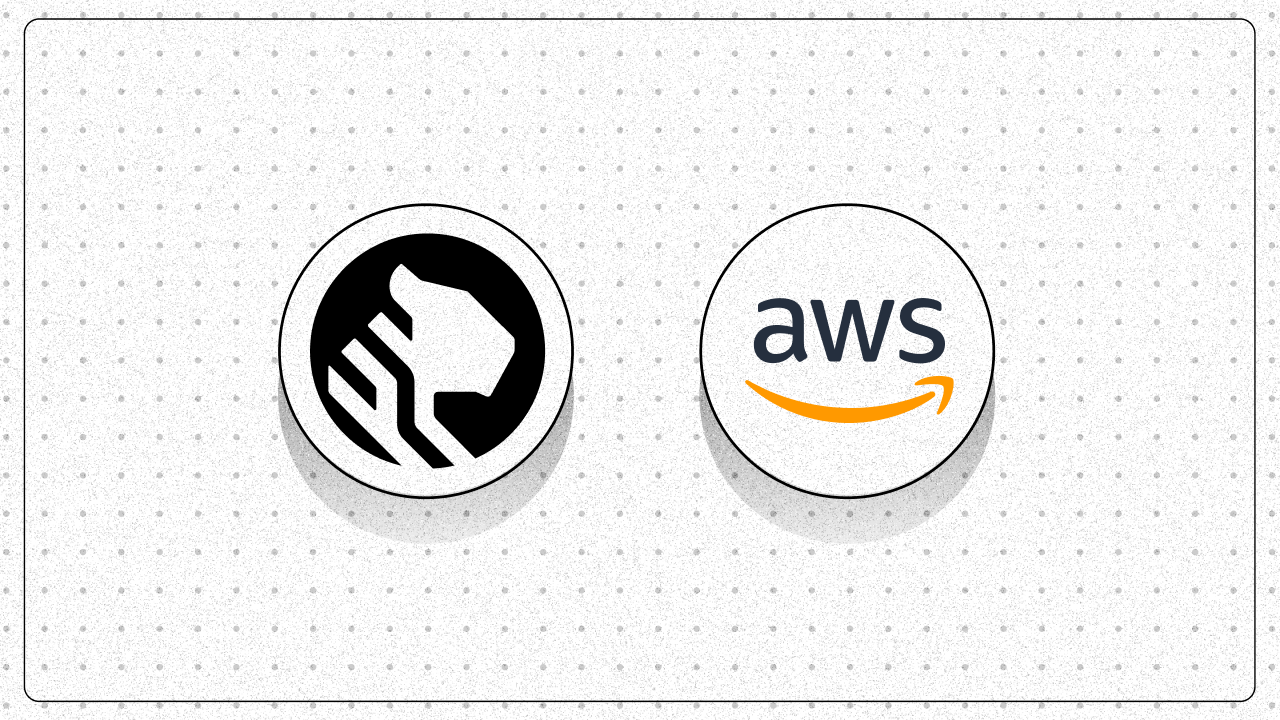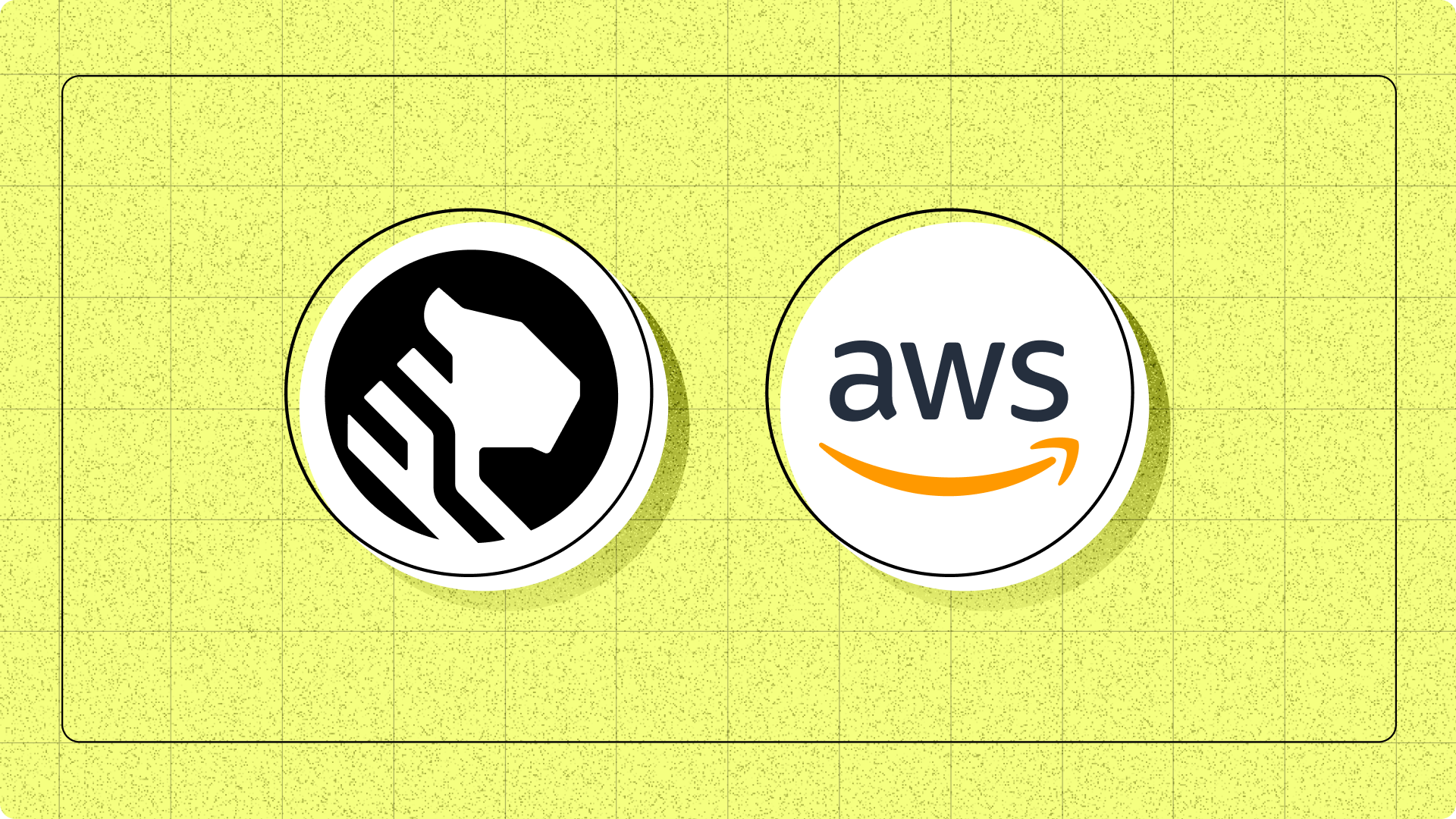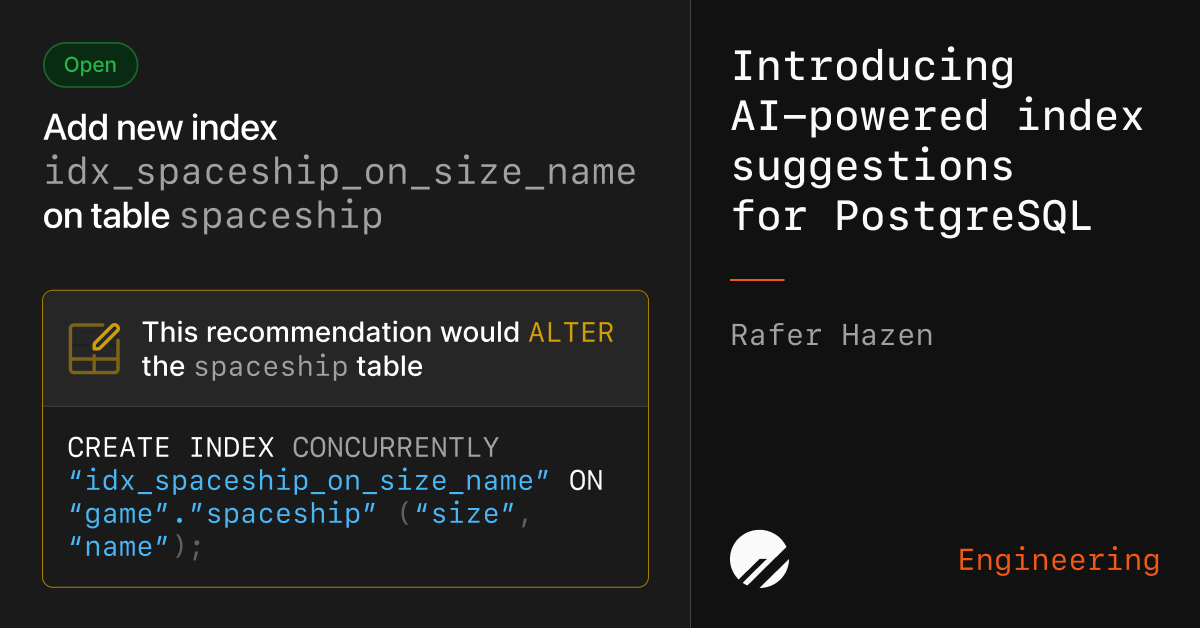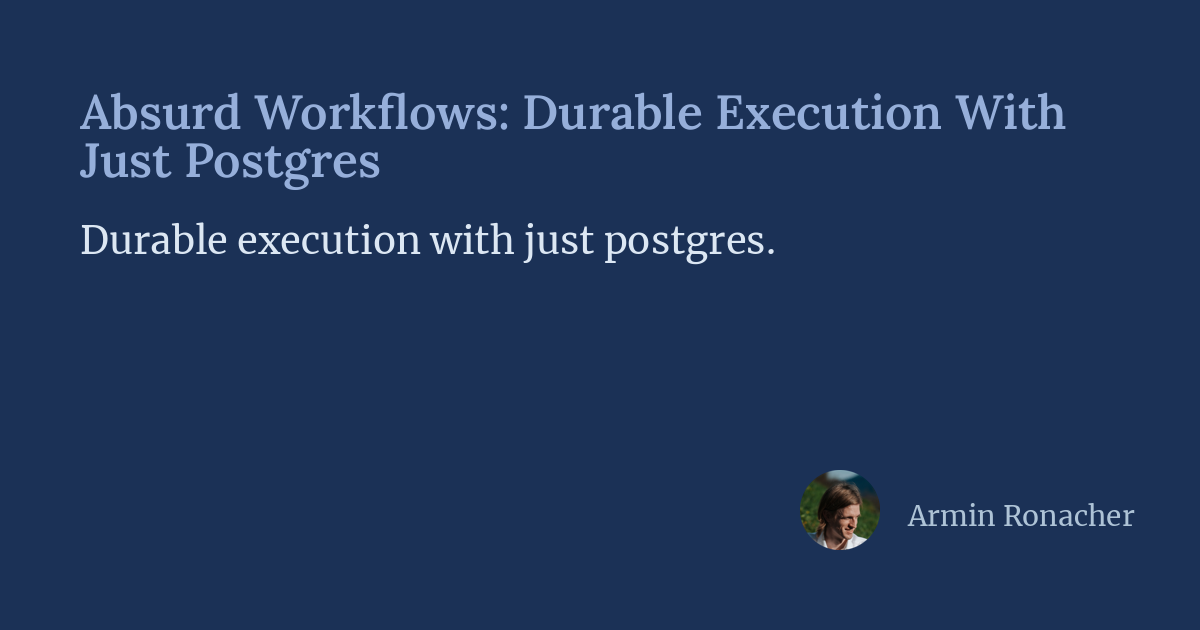标签
postgres
相关的文章:探索 Postgres 数据库的最新发展、实用技巧和 AI 驱动的优化建议,助力开发者提升数据管理效率。

The New Stack ·
我开始了我的AI之旅,尝试在Linux上运行Ollama,经历了一些有趣的非AI体验,并发现了一些问题及其解决方案。
Planet PostgreSQL ·
Planet PostgreSQL ·
Supabase Wrappers introduces asynchronous streaming to Postgres Foreign Data Wrappers, enabling efficient, memory-safe queries for massive analytical workloads.
Blog - Supabase ·
Planet PostgreSQL ·

Timescale Blog ·

Planet PostgreSQL ·

Planet PostgreSQL ·
我开始了我的AI之旅,尝试在Linux上运行Ollama,经历了一些有趣的挑战和问题。
Planet PostgreSQL ·

Timescale Blog ·

Timescale Blog ·

Vlad Mihalcea ·

PlanetScale - Blog ·
Planet PostgreSQL ·

Planet PostgreSQL ·

Planet PostgreSQL ·
Planet PostgreSQL ·
Postgres和Kafka是为不同目的设计的工具,不能简单替代。虽然Postgres在某些情况下有效,但Kafka在事件流处理、可扩展性和故障容忍方面具有独特优势。选择合适的工具至关重要,通常同时使用两者更为合理。
morling.dev -- Blog ·

Armin Ronacher's Thoughts and Writings ·

